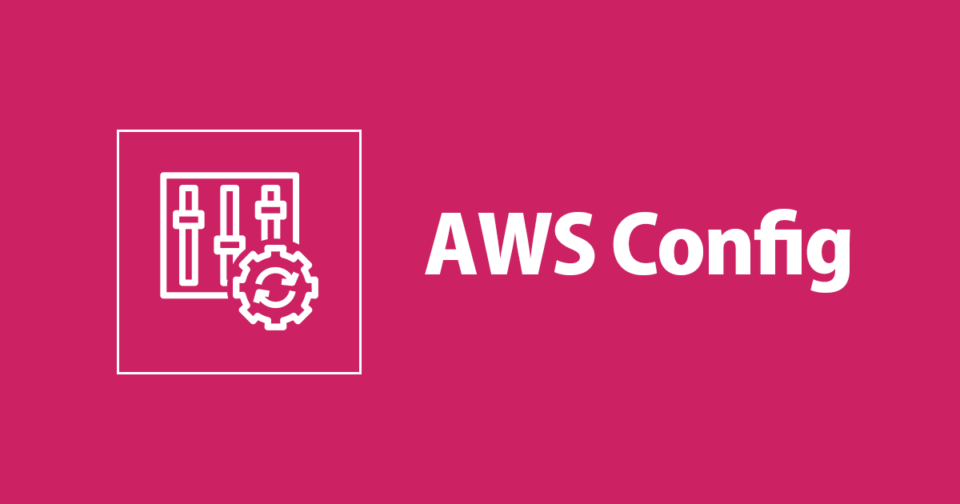Simplifying AWS Configuration: A Beginner's Guide
 Sumit Mondal
Sumit MondalTable of contents

Introduction:
Configuring your AWS (Amazon Web Services) environment is a crucial step in ensuring optimal performance, security, and cost-effectiveness. AWS offers a powerful service known as AWS Config, which enables you to assess, audit, and evaluate your AWS resource configurations. In this blog, we'll walk through the basics of implementing Config in AWS in a simple and easy-to-understand manner.
Step 1: Access AWS Console
Start by logging into your AWS account and navigate to the AWS Management Console. Once there, search for "AWS Config" in the services search bar, or find it under the "Management & Governance" section.
Step 2: Enable AWS Config
Click on the "AWS Config" service and then select "Get started." Follow the on-screen instructions to set up AWS Config. This involves choosing a region, creating an Amazon S3 bucket to store configuration history, and configuring AWS Config rules.
Step 3: Set Up AWS Config Rules
AWS Config rules help you evaluate whether your AWS resources comply with specific guidelines. Click on the "Rules" section in the AWS Config Console and choose the predefined rules that align with your compliance and security requirements. Alternatively, you can create custom rules tailored to your specific needs.
Step 4: Review Configuration History
Once AWS Config is enabled, it starts recording configuration changes to your resources. You can access the configuration history by navigating to the "Configuration history" section. This feature is valuable for tracking changes, understanding resource relationships, and identifying security risks.
Step 5: Explore the AWS Config Dashboard
The AWS Config Dashboard provides a visual representation of your AWS resource inventory, compliance status, and configuration changes over time. Take some time to familiarize yourself with the dashboard, as it offers insights into the overall health of your AWS environment.
Step 6: Receive Configuration Change Notifications
Configuring AWS Config to send notifications about configuration changes is a proactive way to stay informed. In the "Settings" section, you can set up SNS (Simple Notification Service) topics to receive alerts when changes occur, allowing you to respond promptly to any potential issues.
Step 7: Monitor Resource Compliance
Regularly check the "Compliance" section in the AWS Config Console to ensure your resources adhere to the defined rules. Non-compliant resources will be flagged, making it easier for you to identify and address configuration drifts or security vulnerabilities.
Step 8: Fine-Tune Configurations
As your AWS environment evolves, revisit and adjust your AWS Config settings. Fine-tune rules, update notification preferences, and adapt configurations to align with your organization's changing requirements.
Conclusion:
Implementing AWS Config doesn't have to be a daunting task. By following these simple steps, you can take control of your AWS resource configurations, enhance security, and maintain compliance. AWS Config provides a robust framework for managing the complexities of your cloud environment, ensuring that your AWS resources operate optimally. Remember to stay vigilant, regularly review configurations, and leverage the insights provided by AWS Config to keep your cloud infrastructure in top shape.
Subscribe to my newsletter
Read articles from Sumit Mondal directly inside your inbox. Subscribe to the newsletter, and don't miss out.
Written by

Sumit Mondal
Sumit Mondal
Hello Hashnode Community! I'm Sumit Mondal, your friendly neighborhood DevOps Engineer on a mission to elevate the world of software development and operations! Join me on Hashnode, and let's code, deploy, and innovate our way to success! Together, we'll shape the future of DevOps one commit at a time. #DevOps #Automation #ContinuousDelivery #HashnodeHero